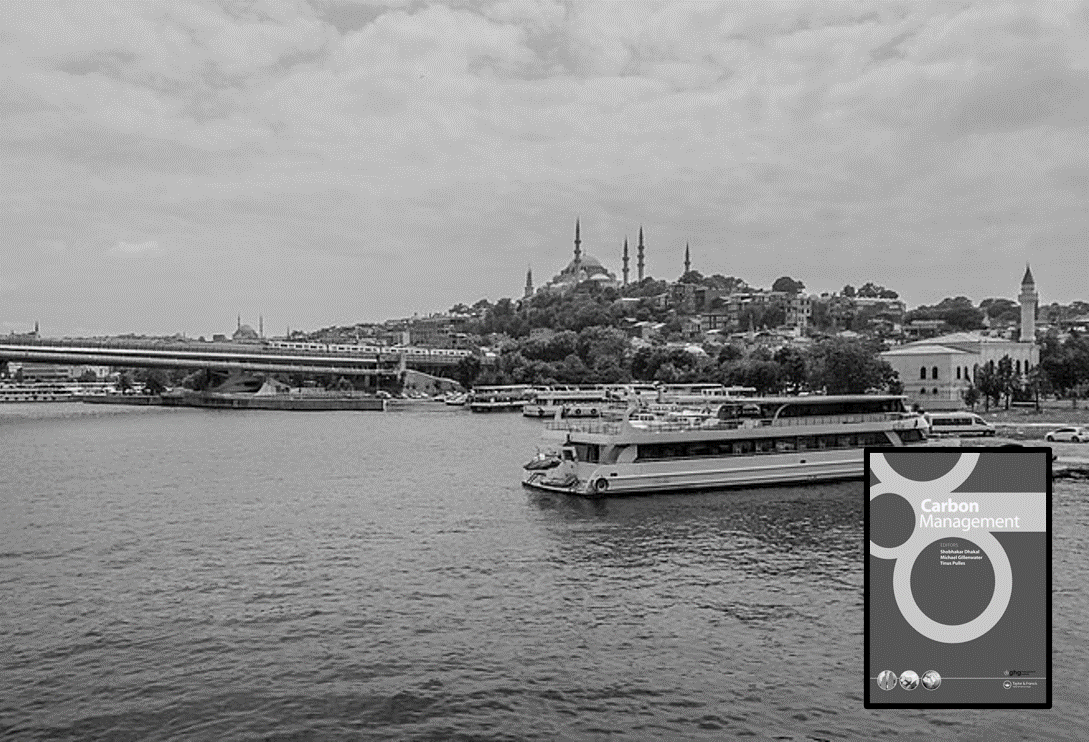A comparative CO2 emissions analysis and mitigation strategies of short-sea shipping and road transport in the Marmara Region

“The Marmara is the most highly trafficked region in Turkey in terms of seaway and highway transport congestion. The transport mode-based CO2 emissions budget for the region needs to take more environmentally friendly measures. In this study, 13 ro-ro and ferry lines (RFLs) are evaluated in the Sea of Marmara to compare ship-generated CO2 emissions with road transport as if the carried vehicles had used the highway instead of transport by RFL. Additionally, this study revealed the management strategies for CO2 emissions reduction for both transport modes under current conditions. The total CO2 emissions budget of 13 RFLs in the Sea of Marmara is higher than the potential CO2 emissions of their carried vehicles. Using the methods of Entec UK Ltd and Trozzi and Vaccaro, the amount of CO2 emissions generated by the RFLs is 204,470.99 and 170,459.85 t/year, respectively. The potential CO2 emissions of road vehicles carried in 2017, 2018 and 2019 are computed by applying Tier 1 methods as 121,690.54, 106,844.89, and 100,921.95 t/year, respectively. It is observed that shifting trucks from the highway to the seaway contributes to a reduction of the yearly CO2 emissions budget generated from the transport sector to provide sustainable transportation management in the region.”
Duygu Ülker, İrşad Bayırhan, Kadir Mersin & Cem Gazioğlu (2021) A comparative CO2 emissions analysis and mitigation strategies of short-sea shipping and road transport in the Marmara Region, Carbon Management View Article.
Want access to full text articles? Become a Premium Member of the GHG Management Institute.

Leave a Reply